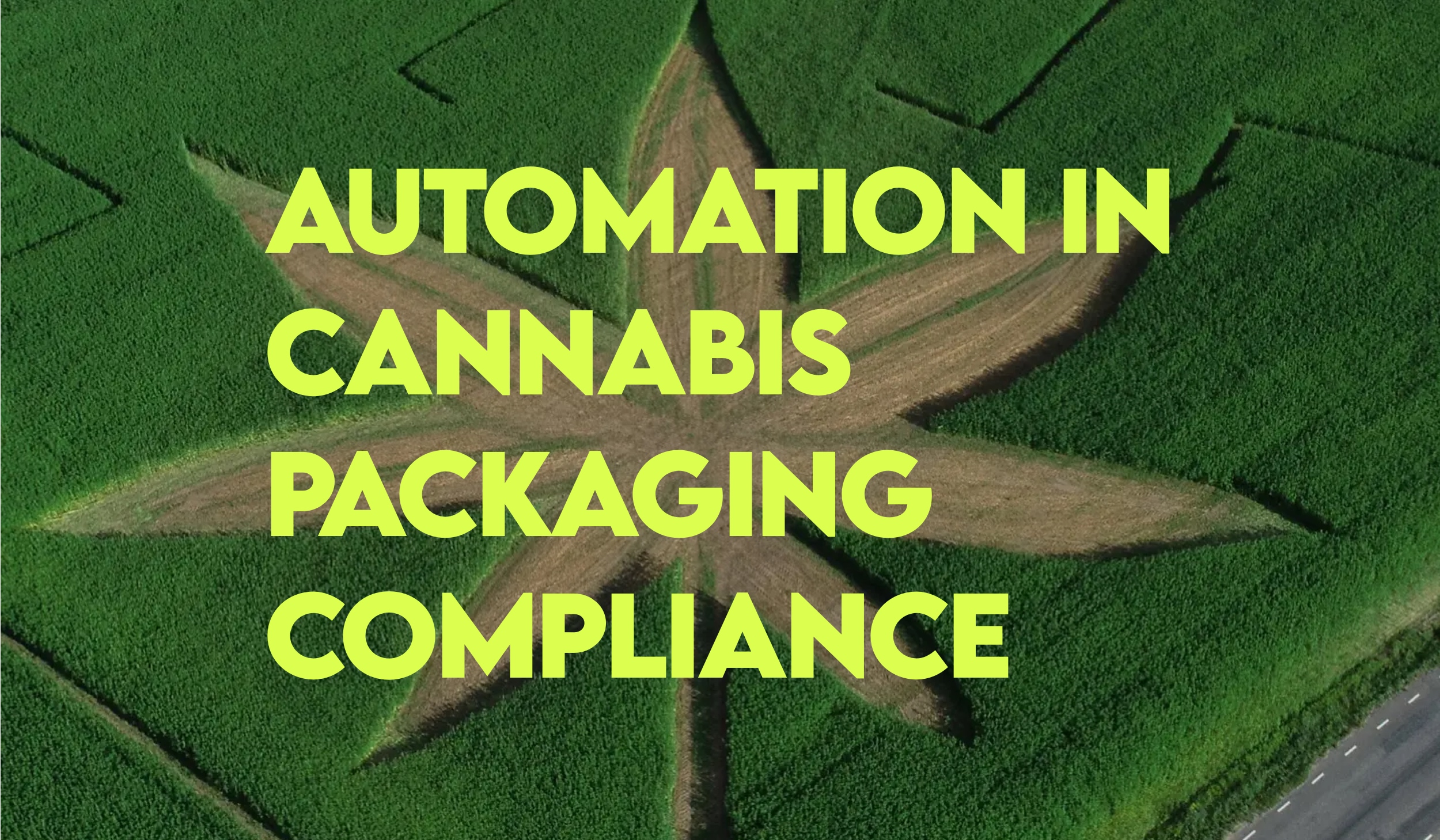Navigating the Green Maze: The Role of Automation in Cannabis Packaging Compliance

The cannabis industry is burgeoning, with the global legal marijuana market expected to reach USD 73.6 billion by 2027. However, the journey from cultivation to consumer is fraught with stringent regulations and compliance standards, especially concerning packaging. In this landscape, automation emerges as a pivotal solution, addressing challenges and ensuring that cannabis products reach consumers safely, legally, and efficiently.
The Regulatory Landscape
Cannabis products are subject to a myriad of regulations that vary by jurisdiction. These regulations are designed to ensure product safety, quality, and to prevent diversion to minors. They encompass labeling requirements, child-resistant packaging, and tamper-evidence, among others.
Labeling Requirements
Cannabis packaging must include specific information such as the THC/CBD content, health warnings, and batch numbers. The accuracy and visibility of this information are crucial to avoid misinforming consumers and to meet compliance standards.
Child-Resistant Packaging
To prevent accidental ingestion by children, many jurisdictions mandate child-resistant packaging for cannabis products. This necessitates the incorporation of design elements that are difficult for children to open.
Tamper-Evidence
Tamper-evident packaging is essential to ensure that consumers receive products in their original, untampered form, maintaining product integrity and consumer trust.
Challenges in Compliance
Meeting these stringent regulations is no small feat. The diversity in packaging types, the need for accuracy in labeling, and the constant evolution of regulations create a complex environment for cannabis producers.
Diverse Packaging Needs:
- The diversity in cannabis products, from edibles to concentrates, necessitates different packaging solutions, each with its unique compliance requirements.
Accuracy and Consistency:
- The need for precise labeling and packaging to meet regulatory standards requires meticulous attention to detail and consistency in packaging operations.
Evolving Regulations:
- The cannabis industry is dynamic, with regulations continually evolving. Keeping abreast of these changes and adapting packaging processes accordingly is imperative.
Automation: The Game-Changer

Automation in cannabis packaging is pivotal in ensuring compliance with stringent regulations, and it brings several benefits to the table. Here’s a more in-depth look at these benefits, supported by insights from industry sources:
1. Efficiency and Speed:
Automation significantly reduces the time it takes to package cannabis products, thereby increasing productivity and profitability for businesses. This efficiency is crucial in maintaining quality control and meeting the rigorous standards set by regulatory bodies.
2. Quality Control:
Automated packaging systems offer a higher level of consistency and quality control, ensuring that each product meets regulatory standards. This is crucial in the cannabis industry, where maintaining compliance with state laws is essential. Automation ensures that each product is of high quality, providing a safer and more reliable product for consumers.
3. Reduced Labor Costs:
Automation can significantly reduce labor costs as it negates the need for a large team of workers to package products manually. This not only saves money for businesses but also provides more consistent and reliable results, ensuring that the products meet compliance standards efficiently.
4. Sustainability:
Automated systems use materials more efficiently, producing less waste and reducing the amount of energy needed to package products. This is not only environmentally friendly but also reduces the carbon footprint of the entire packaging process, aligning with the sustainability goals of many cannabis companies.
5. Consumer Benefits:
Automation ensures that each product contains the same amount of cannabis, providing a more consistent experience for consumers. It helps consumers choose products that meet their needs and preferences, ultimately leading to a better experience.
6. Risk Mitigation:
Automation reduces the risk of human error, ensuring precision and consistency in packaging processes. This is especially important in cultivation processes where automated irrigation systems can ensure plants get the ideal mix of nutrients, reducing the opportunities for mistakes that can compromise compliance.
7. Increased Productivity:
Automation allows businesses to free their most talented employees from repetitive tasks, allowing them to focus on more value-added activities. This increases overall productivity without compromising job security.
8. Adaptability to Market Demands:
In competitive markets, automation allows businesses to adapt quickly to market demands and changing regulations, ensuring sustained compliance and business continuity.
Conclusion:
Automating cannabis packaging is becoming increasingly important as the industry continues to grow and evolve. It provides a more efficient, consistent, and sustainable way to package products while also reducing labor costs and ensuring compliance with state regulations. Ultimately, automating cannabis packaging benefits both businesses and consumers by providing a faster, more reliable, and more consistent product.
Reach Out to Explore More!
Navigate the complexities of cannabis packaging with ease and assurance. Reach out to us to learn more about how automation can streamline your processes, ensure compliance, and elevate your cannabis business to new heights!



